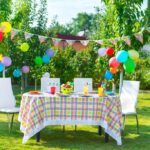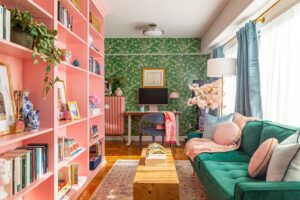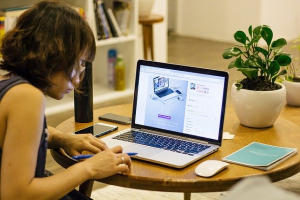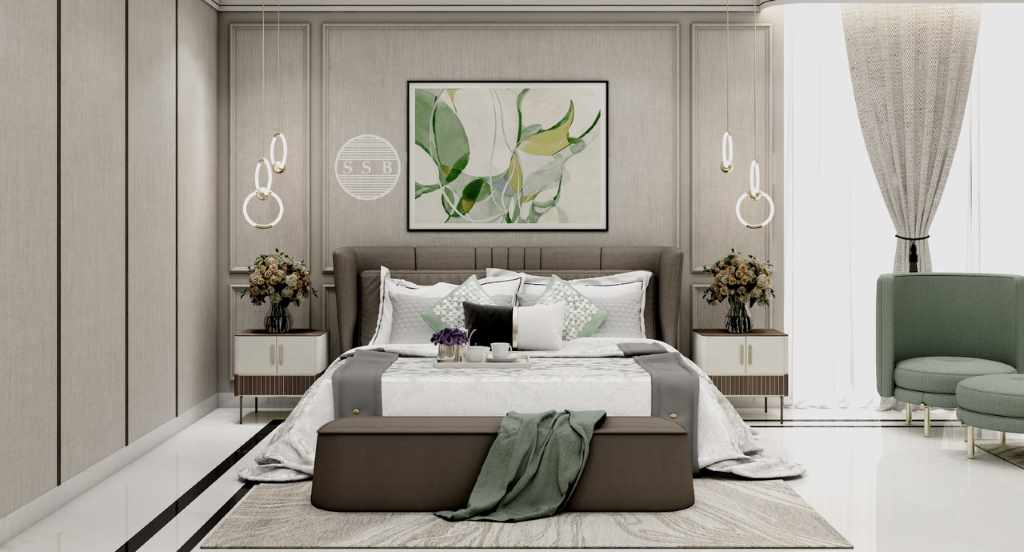
Let’s face it, your home is more than just four walls and a roof. It’s your sanctuary, your castle, your personal expression. And yet, so many of us live in spaces that feel… well, beige. Safe. Boring. But what if your home could be a reflection of your unique personality? What if it could tell a story, evoke emotions, and inspire creativity? That’s where interior designer comes in.
It’s Not Just About Decorating
Interior design is often misunderstood as simply choosing pretty colors and buying expensive furniture. But it’s so much more than that. It’s about understanding the space, the people who use it, and how to create an environment that enhances their lives. It’s about balance, harmony, and functionality. It’s about turning your house into a home.
Imagine walking into a room that makes you feel calm and relaxed, or a space that energizes you and inspires creativity. That’s the power of interior design, enhanced even further by using interior design software. It’s the art of creating spaces that nourish your soul.
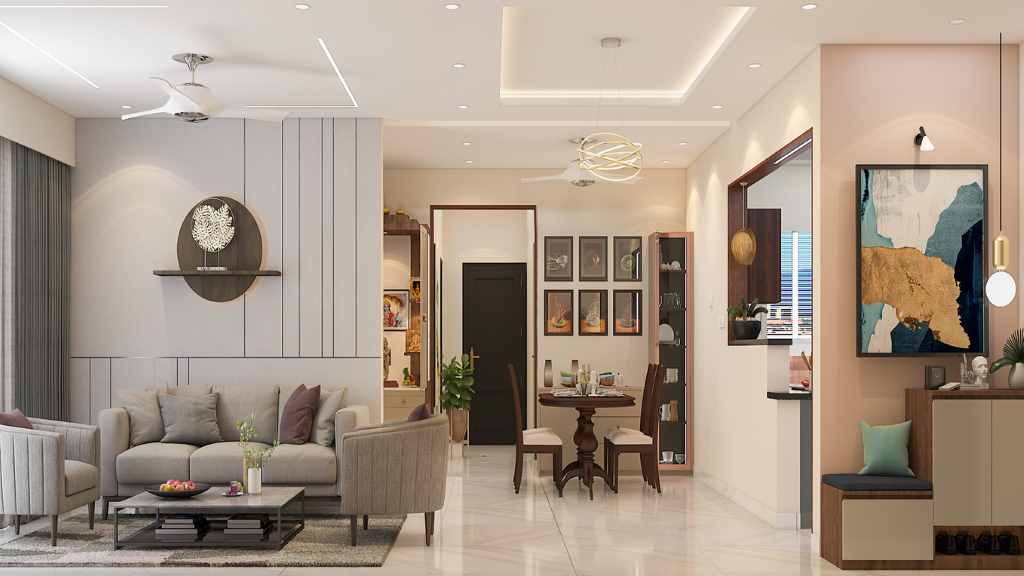
Finding Your Style
The first step to unleashing your inner interior designer is discovering your personal style. What makes you tick? Are you a minimalist who loves clean lines and open spaces? Or do you thrive in a world of color, pattern, and texture? Maybe you’re somewhere in between. There’s no right or wrong answer. The key is to find what resonates with you.
Look around your home. What do you love? What do you hate? Pay attention to the things that catch your eye when you’re flipping through magazines or scrolling through Instagram. There are countless styles out there – Scandinavian, industrial, bohemian, eclectic, and so many more. But don’t feel pressured to stick to one. You can mix and match elements from different styles to create a look that’s uniquely yours.
Color Psychology: More Than Just Pretty Hues
Color is a powerful tool in interior design. It can evoke emotions, create moods, and influence behavior. So choosing the right colors for your home is crucial. But it’s not just about personal preference. Color psychology can help you create spaces that support your desired atmosphere.
For example, blue is often associated with calmness and tranquility. Green is linked to nature and renewal. Yellow is known for its uplifting and energizing qualities. But remember, these are just general guidelines. The impact of a color can also depend on its shade, intensity, and how it’s combined with other colors.
Creating a Focal Point
Every room needs a focal point – something that draws the eye and anchors the space. It could be a piece of art, a fireplace, a large window, or even a statement piece of furniture. Once you’ve identified your focal point, you can build the rest of the room around it.
A well-placed focal point can dramatically transform a space. It creates a sense of balance and harmony. It also gives the room a sense of purpose. So don’t be afraid to go bold.
The Importance of Lighting
Lighting is often overlooked, but it plays a crucial role in creating the desired atmosphere. Different types of lighting serve different purposes. Ambient lighting provides general illumination, while task lighting is used for specific activities like reading or cooking. Accent lighting highlights specific features, such as artwork or architectural details.
Layer different types of lighting to create a warm and inviting ambiance. Dimmable lights give you flexibility to adjust the mood according to your needs.
Texture and Pattern: Adding Depth
Texture and pattern add interest and depth to a space. They can create a sense of warmth and coziness, or they can add a touch of drama and excitement. Think about the different textures in your home: soft fabrics, smooth wood, rough stone, and more. How can you combine them to create a visually appealing and tactile experience?
Pattern is another way to add personality to your home. From bold geometric prints to delicate floral designs, there are endless possibilities. But remember, too much pattern can be overwhelming. Start with one or two key pieces and build from there.
Bringing the Outdoors In
Connecting with nature is essential for our well-being. One way to do this is by incorporating natural elements into your home. Plants, wood, and stone can bring a sense of calm and serenity to any space.
Even if you don’t have a green thumb, there are plenty of low-maintenance plants that can thrive indoors. Succulents, snake plants, and pothos are just a few examples.
Decluttering for a Clear Mind
Clutter can create a sense of chaos and overwhelm. That’s why decluttering is an essential part of interior design. A clean and organized space promotes a clear mind and a sense of calm.
Start by going through your belongings and getting rid of anything you don’t use or love. Then, find storage solutions that are both functional and aesthetically pleasing.
DIY and Upcycling: Unleash Your Creativity
DIY and upcycling are great ways to add personality and save money. With a little creativity, you can transform old furniture into new treasures. You can also create your own artwork, wall decor, and other unique pieces.
There are countless tutorials and inspiration online. So don’t be afraid to experiment and have fun.
Small Spaces, Big Impact
Living in a small space doesn’t mean you have to sacrifice style. With a little creativity and planning, you can make even the smallest room feel spacious and inviting.
Use mirrors to create the illusion of more space. Choose furniture with multiple functions, such as a storage ottoman or a sofa bed. And don’t be afraid to go vertical with shelves and wall-mounted storage solutions.
Professional Help: When to Call in the Experts
If you’re feeling overwhelmed or unsure where to start, consider hiring an interior designer. A professional can help you create a space that reflects your personal style and meets your needs.
An interior designer can also save you time and money by helping you make informed decisions. They have access to a wide range of products and resources, and they can help you avoid costly mistakes.
Conclusion
Interior design is a journey, not a destination. It’s about creating a space that evolves with you. Don’t be afraid to experiment, take risks, and have fun. Your home should be a reflection of your personality and a place where you feel happy and relaxed.
Remember, there are no right or wrong answers when it comes to interior designer. The most important thing is to create a space that you love. So go ahead, unleash your inner interior designer and transform your house into a home.



